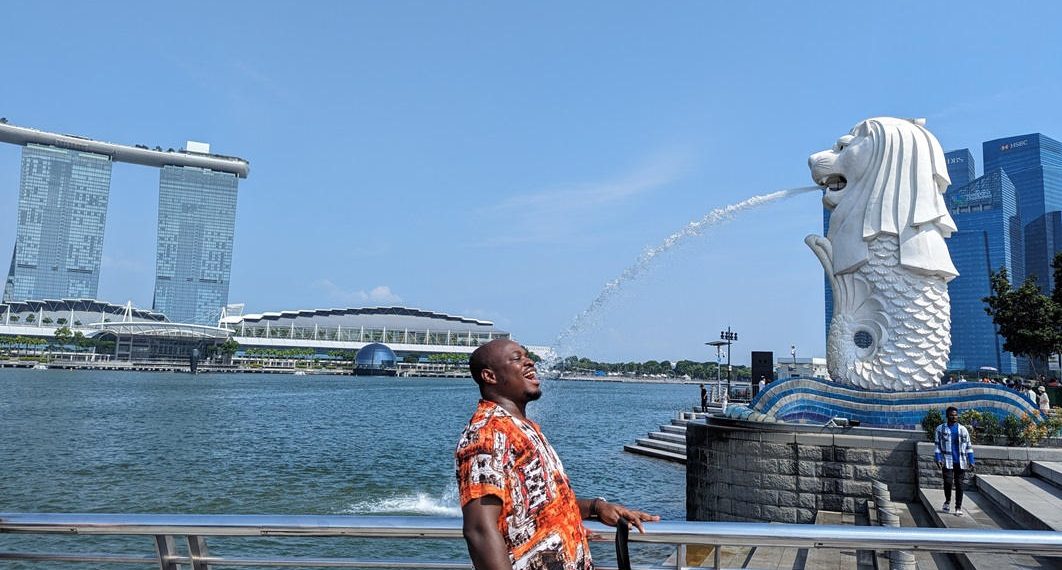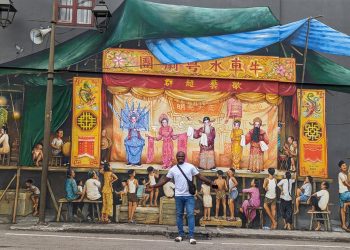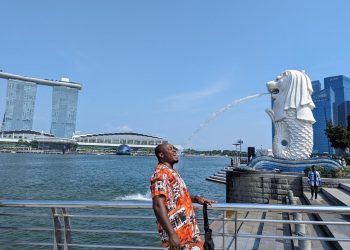The Merlion, with its distinctive lion’s head and fish’s body, is an iconic symbol synonymous with Singapore’s identity.
The Birth of the Merlion
In 1964, the Singapore Tourist Promotion Board (STPB) sought a unique symbol to represent the city and promote tourism.
The result was the creation of the mythical creature known as the Merlion.
Designed by British zoologist Alec Fraser-Brunner, the Merlion seamlessly combines the strength of a lion with the maritime heritage of a fish, embodying Singapore’s historical connections to both elements.
Symbol of Singapore
The Merlion quickly transcended its role as a tourism logo to become the official symbol of Singapore.
Today, it stands tall, overlooking the city skyline and Marina Bay.
The statue at Merlion Park, standing at 8.6 meters tall and weighing 70 tonnes, has become a must-visit landmark for locals and tourists alike.
Age of the Merlion:
Remarkably, the Merlion predates the formation of the Republic of Singapore. Singapore gained independence on August 9, 1965, separating from Malaysia.
However, the Merlion had already made its debut in 1964, making it one year older than the nation it proudly represents.
Significance and National Pride:
The Merlion holds a special place in the hearts of Singaporeans.
It symbolizes the city-state’s rich history, from its origins as a fishing village (Temasek) to its evolution into a global hub of trade and commerce.
The lion’s head signifies the city’s original name, Singapura, meaning Lion City in Sanskrit.
Global Recognition:
The Merlion has become more than a symbol for Singaporeans; it is a globally recognized emblem of the Lion City.
Its distinctive silhouette is synonymous with the city’s progressive spirit, multiculturalism, and commitment to innovation.
Still have some travel questions? Ask in our Travel WhatsApp Group.








